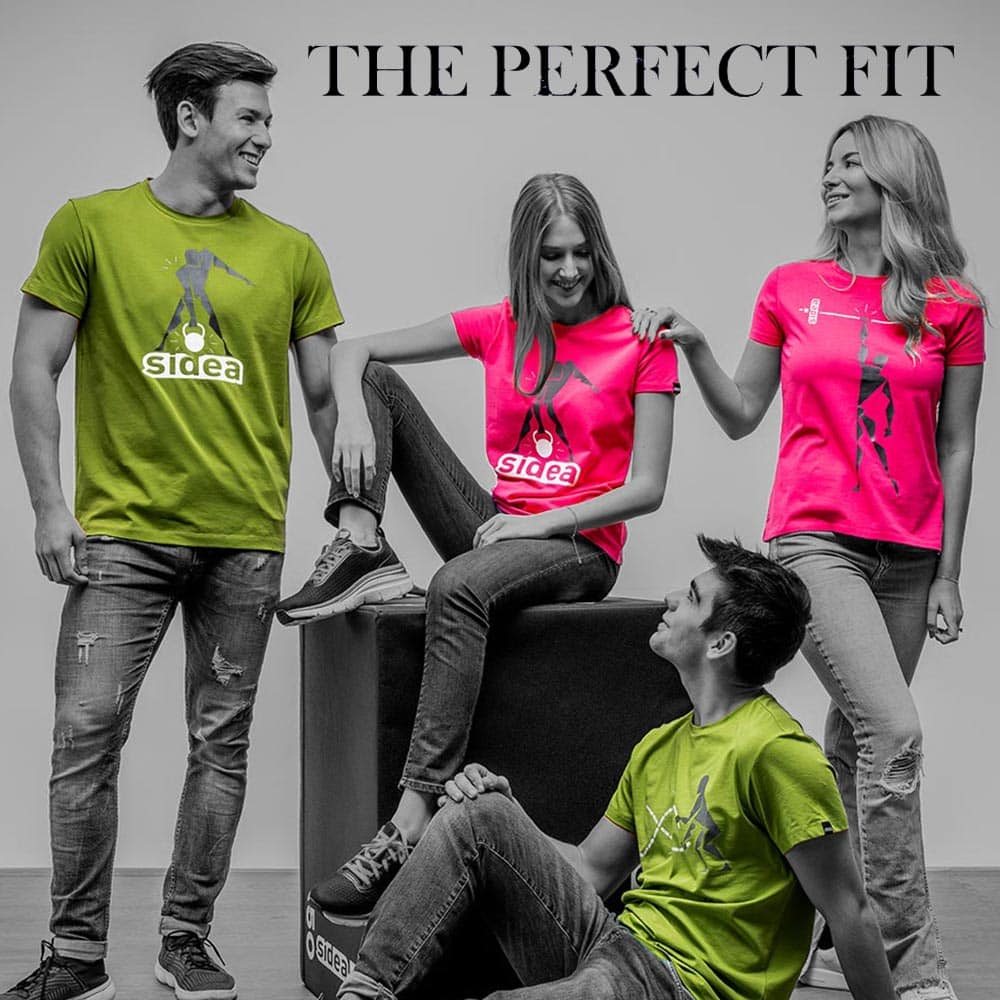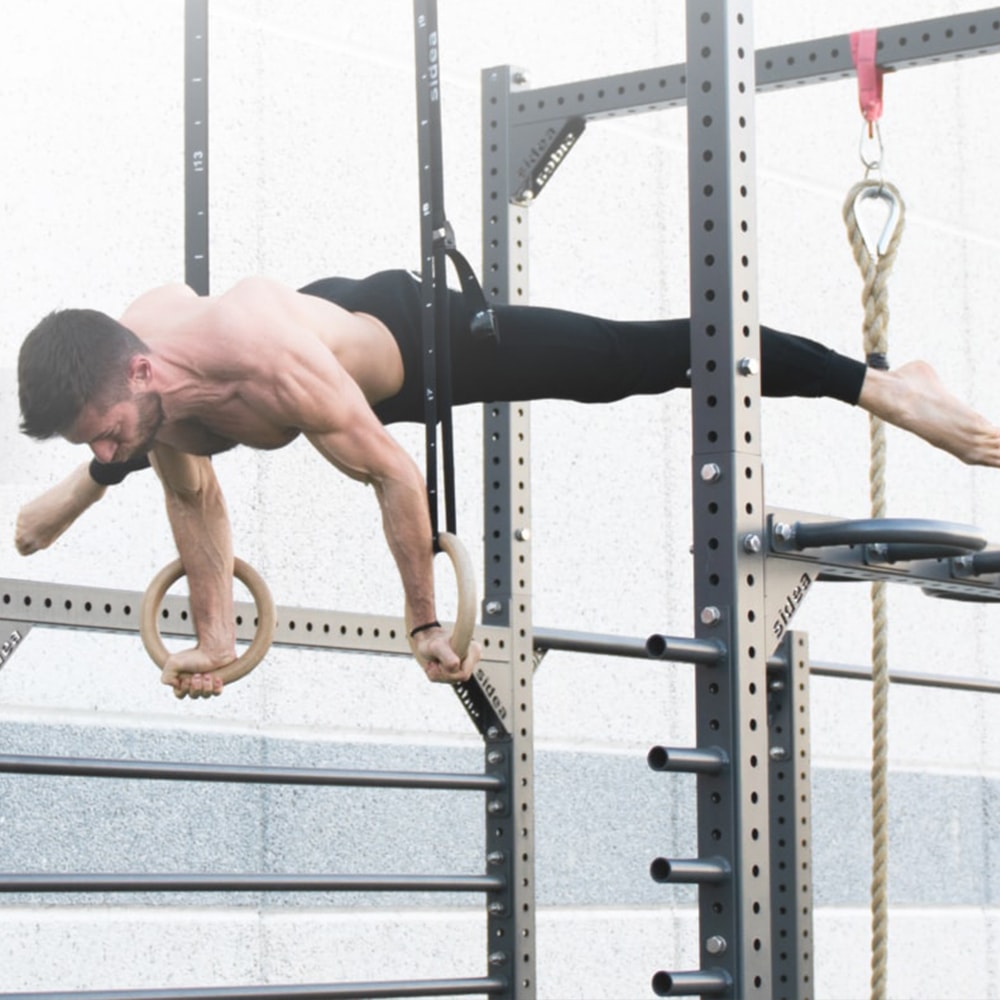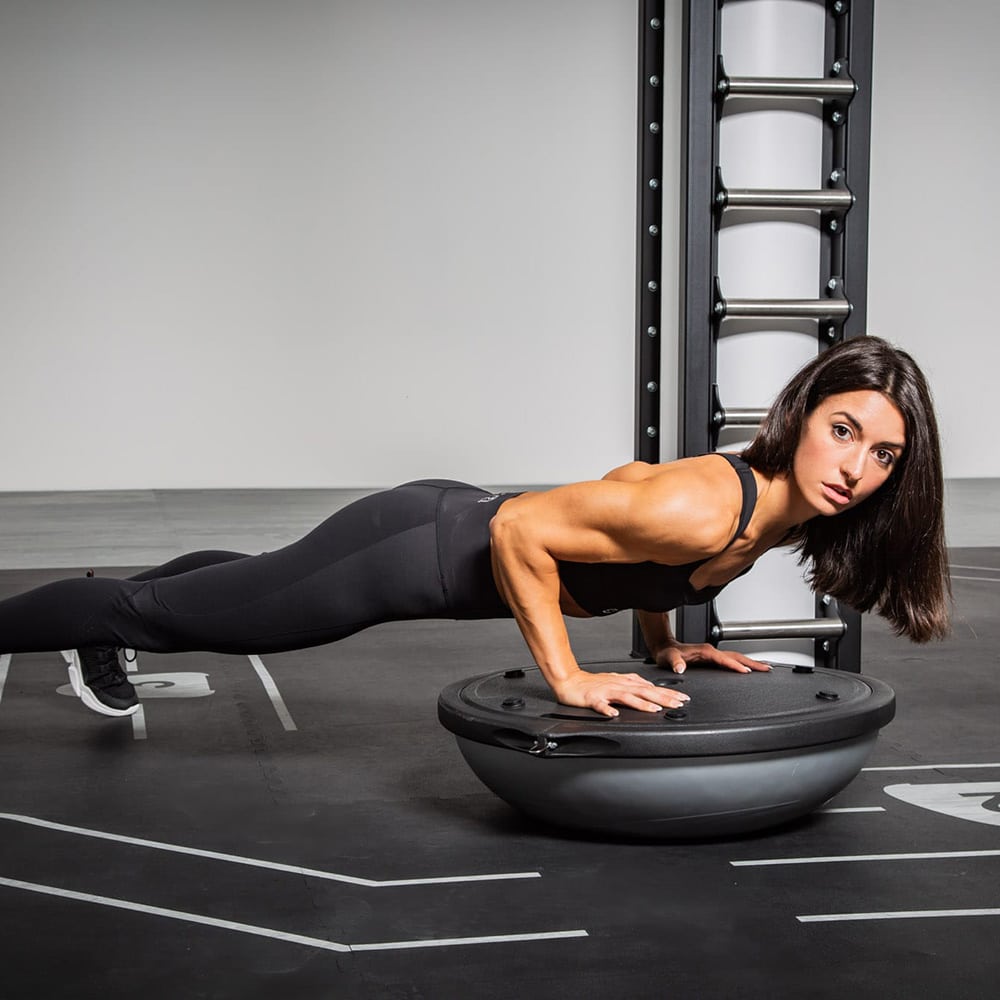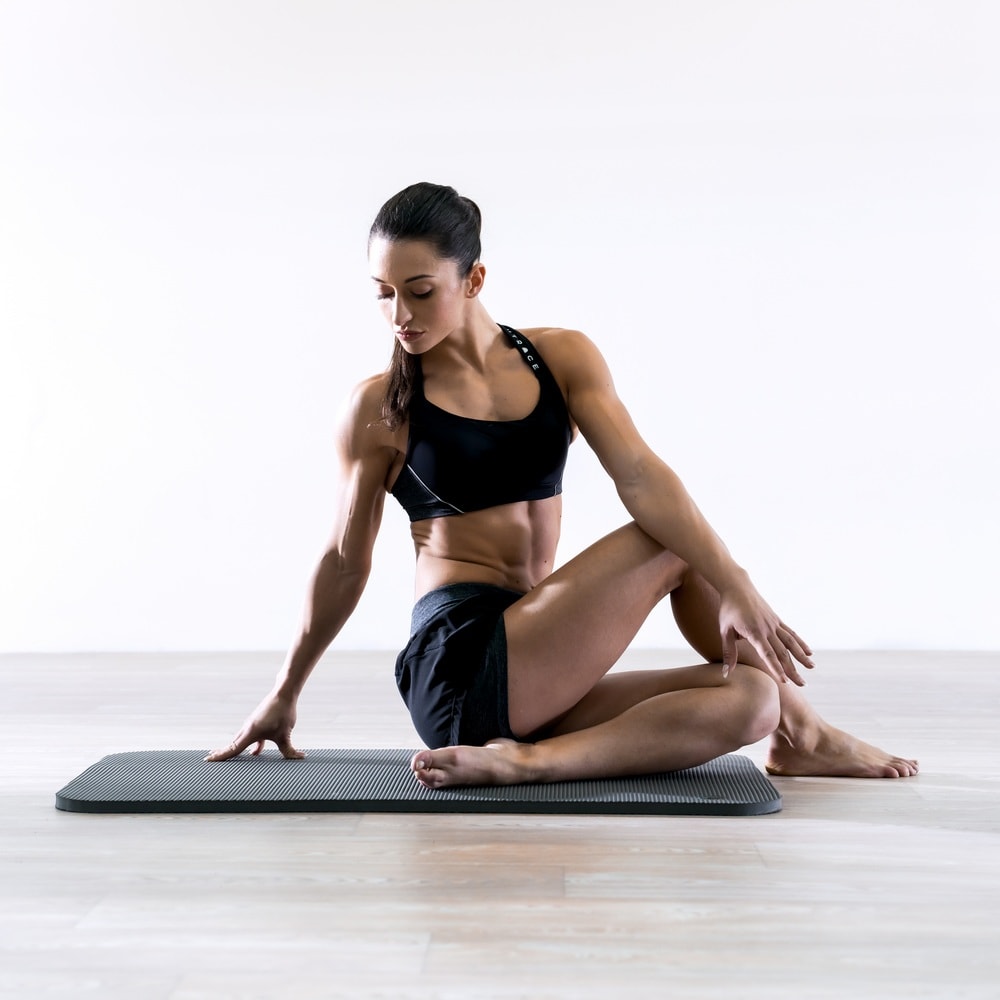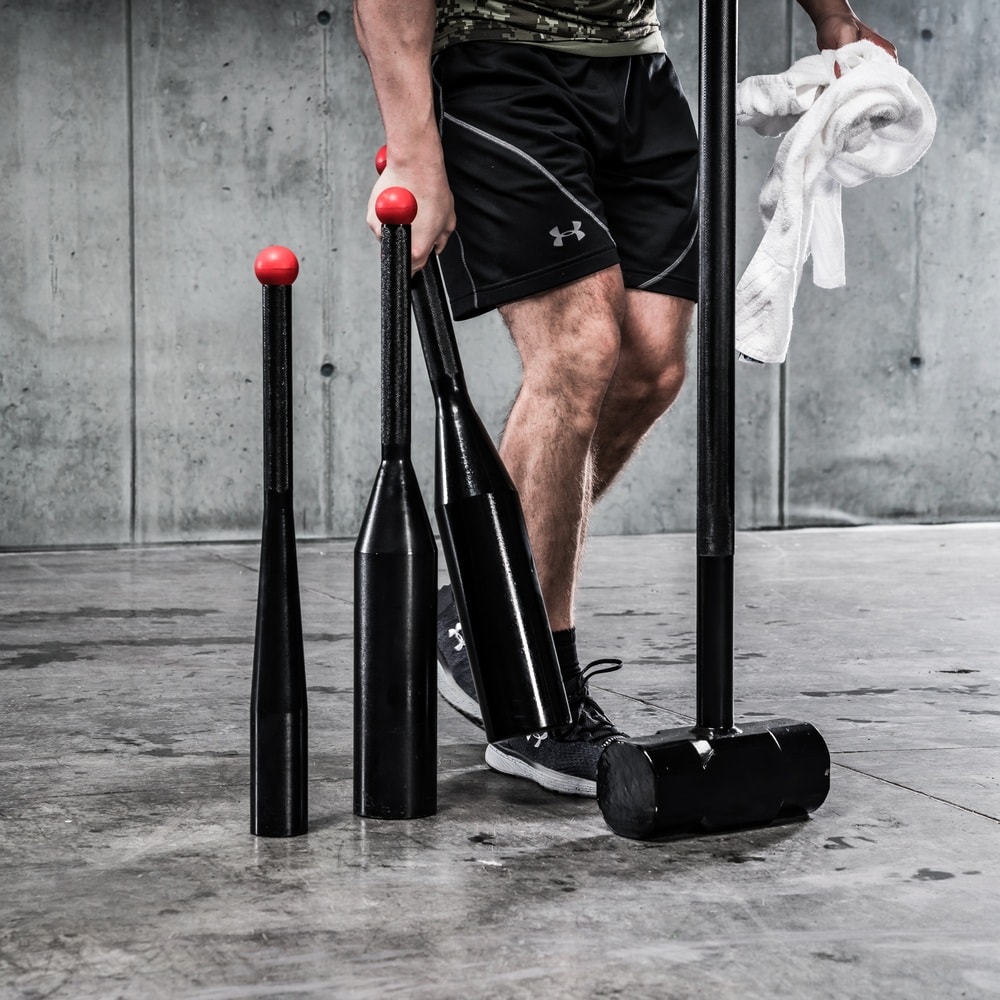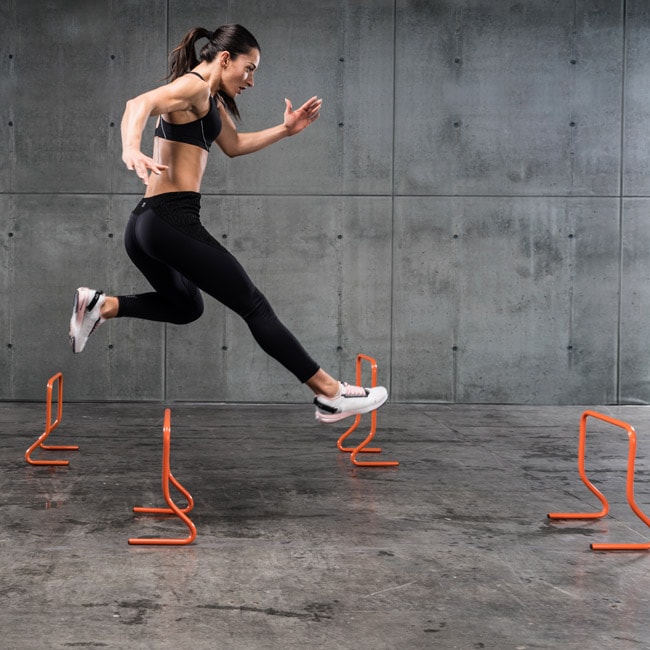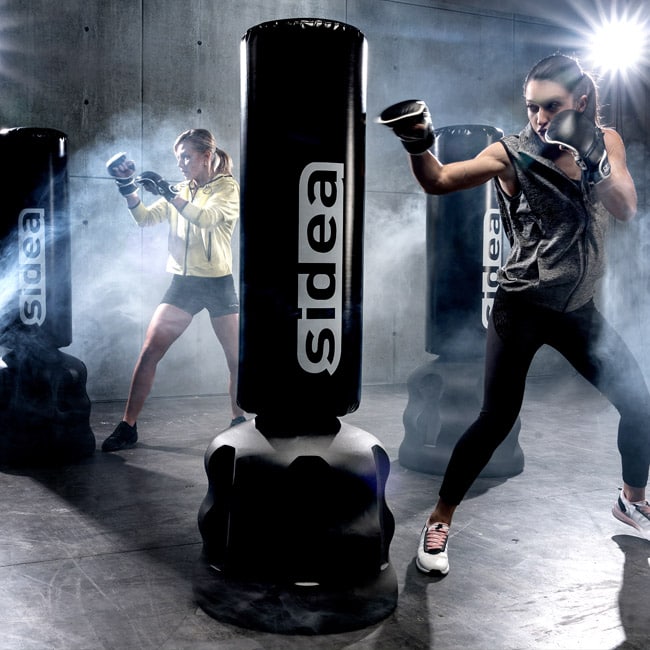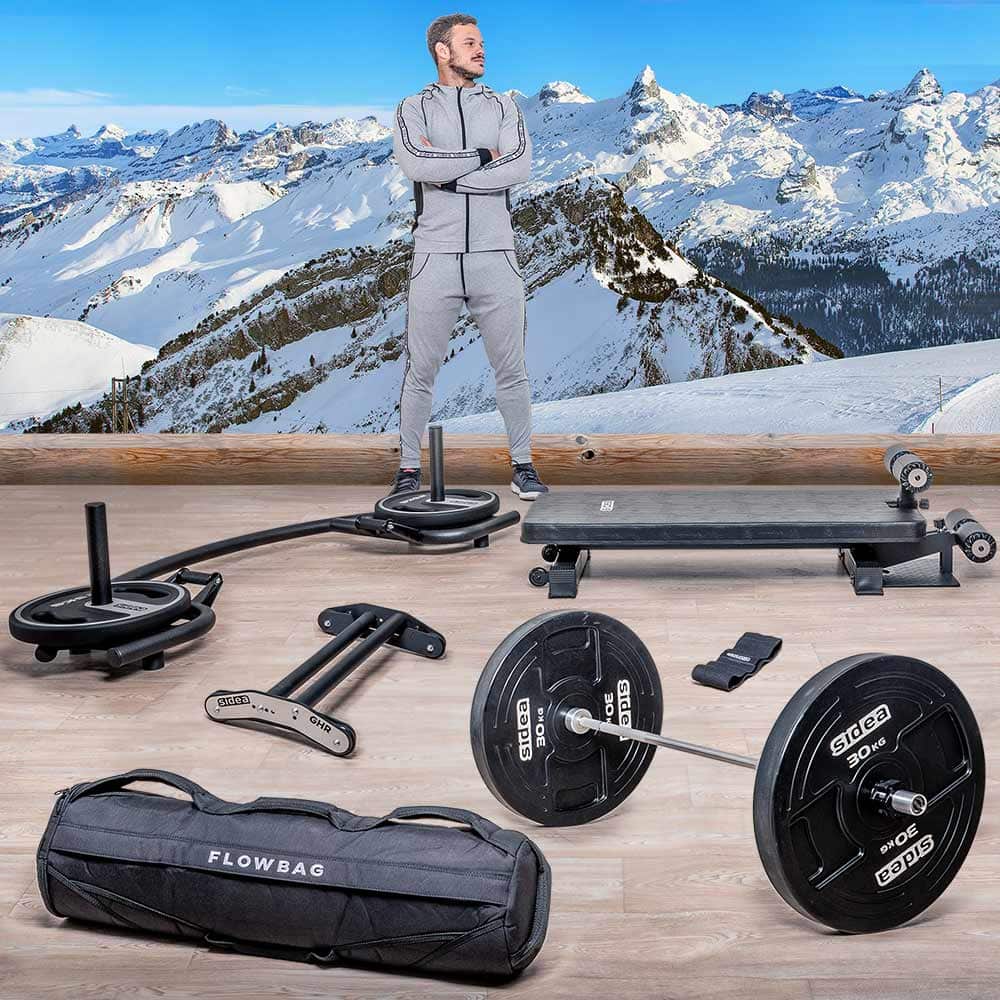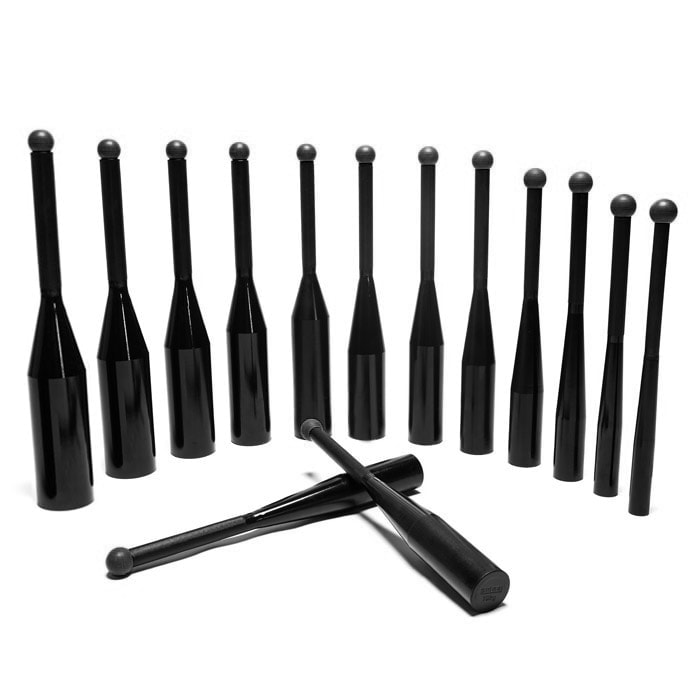If by now i kettlebell have become commonly used tools in almost all gyms and sports contexts, the clef they are certainly still mostly unknown and consequently little appreciated. However, once you learn how to use them, you are immediately able to understand how useful these tools can be in any form of training and physical conditioning, being able to show limits that you probably weren't even aware of before using them.
La mass decentralized with respect to the handle makes the tool highly unstable. A first consequence of this feature is that right away you don't have an immediate understanding of how to move it off the ground: you instinctively lift it by pulling it with your arms, and this makes you perceive a strange, unstable weight to manage. In some respects, one is surprised at how much a Clava weighing only 7,5 or 10 kg can weigh. Not knowing how to use it in a technical and profitable way, one usually tries to manage it with the strength of the arms, in the same way as a dumbbell.
Another technical gap that often emerges at the first uses of clubs is the pinch (made with three fingers). In some cases, you suddenly realize how poorly trained your forearms and grip muscles are, so much so that you can't close your fingers for hours after the first few sessions. Precisely these characteristics, however, represent something more than training with clubs, making this tool one of a kind.
Currently the clubs go from 1kg to 30kg, range which allows the most varied use both with single and double grip and for every level of preparation. For a trained man who is used to strength work with heavy barbells, for example, a 10 kg single grip or 20 kg double grip club is more than enough to allow for incredible gains in strength, stability and muscle quality. However, clubs are not only used in municipalities aesthetic-functional workouts in the gym: due to their extreme versatility they find unique applications also in the field of prevention e rehabilitation, as well as in the athletic training.
The structural characteristics of the clubs consequently determine the technical ones: the weight is strongly decentralized with respect to the portion of the club where the grip is exercised, much more than tools like i kettlebell. Unlike the latter, there is also no real handle, but a simple section where you can apply great grip strength, in order to keep it firmly. This becomes all the more fundamental considering that the clubs are not lifted, but thrown forward, so they take on great speed during the execution of the exercises and only through an excellent grip, you avoid losing control and throwing them to the ground.
Visualizza questo post on Instagram
Off-centre mass and apparatus momentum are the foundations of club training: this allows you to condition both the grip strength, That the stability of the shoulder girdle, but during the momentum phase also improves the joint mobility in joint decompression andfascial elasticity in muscle chain.
Hence the clubs, properly used, are fundamental in the prevention of accidents and also in the recovery following them. Mobility, Stability, Proprioception and Coordination are in fact fundamental physical characteristics for both of these training objectives which make them valid tools in the hands of physiotherapists, rehabilitators and athletic trainers.
The clubs build strong, stable and functional shoulders in the three planes of movement, and this makes them particularly suitable for sports characterized by fast and powerful movements with the arms (combat sports, throwing sports, swimming, baseball, golf, tennis, volleyball, sport climbing, etc). That said, being propelled through the motor fulcrum of the hips and stabilized along all possible trajectories through the trunk (Core Training), the clubs can produce useful benefits for all sports, finding application in the general athletic preparation of each sport and through targeted technical combinations they can also closely approach various specific technical gestures.
In particular, clubs allow Ballistic momentum works in the three planes of motion, especially in the most important one in the development of technical actions of all sports, the Transverse plane. This is the movement plane which plays a fundamental role both in the prevention of injuries from indirect trauma and from dysfunctional stress/overload, and in increasing reactivity, speed, speed and executive power of specific gestures (accelerations, decelerations, changes of direction , specific sports technical executions). Have strong, stable, proprioceptive and responsive joints during rotations and twists, is the key to having healthy and efficient athletes throughout their sporting career.
Although they can be underestimated or, due to their constitution, they can frighten, clubs have unique characteristics that make them extraordinary tools not only in Functional Training, but also in any context of physical training, from rehabilitation to physical preparation, passing through mere aesthetic fitness.
On the other hand, only with an optimal knowledge of the executive technique of the exercises in full respect of the biomechanics of the body, and of the programming of functional training, can its extraordinary characteristics be optimized.
di Aemilius Trojan
Master Trainer of WTA International Functional Training Academy
NEWSLETTER SIDEA
Subscribe to our newsletter to receive news, promotions and insights on the world Sidea
La WTA Functional Training Academy has been training Trainers on the use of Clubs since 2009, and starting from April 2019, in addition to the historic on-site training courses, it offers the brand new Online training courses rich in practical technical content (over 90 video lessons, ebooks and training cards), to specialize in the use of Clubs in every physical context, from athletic preparation to rehabilitation, up to group training in Functional Training.
Click on the banner below to discover the Clubs Training Instructor Course.

